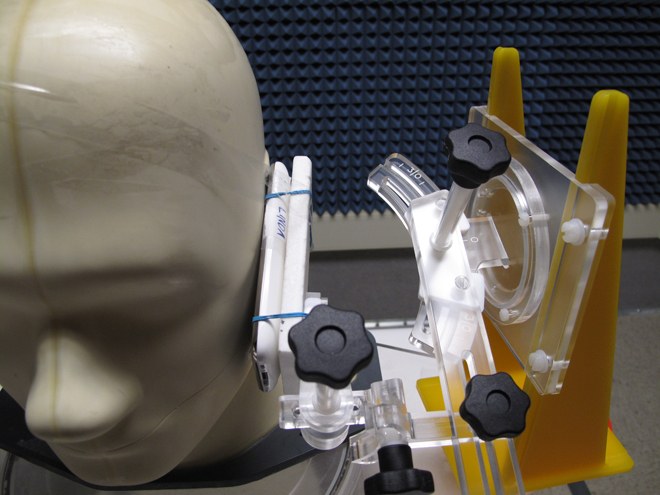Mobile phone recommendations
Do not allow children under 12 to use a mobile phone except when absolutely necessary.
The developing organs of a child are the most sensitive to electromagnetic fields (EMFs). If children wish to use their phone for activities other than calling and messaging, make sure their phone is on airplane mode.
Avoid carrying your phone on you constantly, even on standby.
Do not keep it under your pillow at night or by your body while you sleep, particularly if you are pregnant. Use airplane where possible to reduce radiofrequency (RF) radiation.
While communicating with your phone, try to keep the device away from the body.
The amplitude of the EMF is four times lower at a distance of 10cm and fifty times lower at 1m. Use speakerphone or a hands free kit (airtube headset).
As much as possible, stand away from the person using the mobile phone.
Avoid using your phone in places like the tube, train or bus where you can passively expose your neighbours to your phones field.
Make sure that the face (keypad) is positioned towards your body and the back (antenna side) is positioned towards the outside when carrying your phone.
You can also opt for an anti radiation phone case from (see ‘protection products’).
Only use your phone to establish contact or for conversations lasting a few minutes.
If needed, call back using a wired landline and not from a cordless phone.
Switch sides regularly, and before putting your phone to your ear, wait until the correspondent has picked up.
This limits the intensity of the EMF because the phone increases the power in order to initially connect.
Avoid using your phone in a weak signal area or when moving at a high speed.
This automatically increases power to a maximum because the phone is repeatedly trying to reach the cell tower.
Choose a device with the lowest possible SAR.
SAR stands for ‘specific absorption rate’. This is a test to see how quickly the phone heats up water in a model head.
Where possible, opt for texting instead of calling.
To reduce RFs close to the head region.










